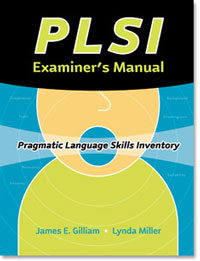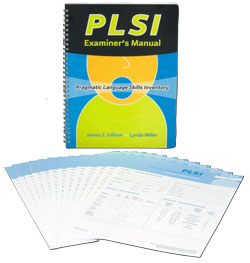

Author(s): James E. Gilliam, PhD / Lynda Miller, PhD
Administration and Scoring
Filling out the rating scale takes 5-10 minutes. Cutoff scores help the examiner decide whether to refer the student for a comprehensive language assessment.
Arizona-4 provides a comprehensive assessment of articulation in children from 18 months to 21 years.
The TOPL-2 focuses on the student's ability to interpret a situation accurately.
The Glaspey Dynamic Assessment of Phonology is the first standardized, dynamic assessment of speech production and stimulability.
The RESCA-E combines standardized tests and informal observation across settings to give a more complete picture of a child's communication skills.
The CASD provides a quick way to screen for children with ASD, regardless of age, IQ, or autism severity.
The CARS-2 identifies individuals with autism, based on direct observation.